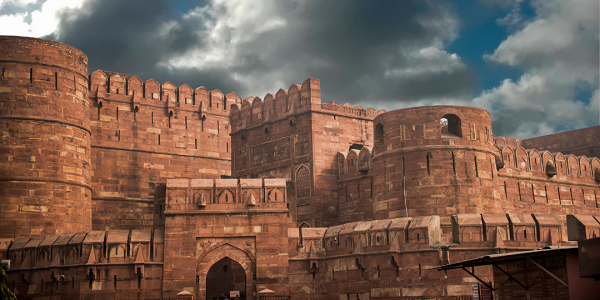6 Layers of Security you Should be Using

We often talk of the benefits of a layered security approach, or security in depth.
But, what does that mean? What are layers of security?
An easy way of visualising what we mean by layers of security is to picture a castle. Multiple walls and ditches, one behind the other until you reach the centre of the castle – the keep. Each wall or ditch is a layer of security.
In today’s world, we use the same approach just adapted.
In this blog, we reveal some of the layers of security you should be using right now.
If you want a more comprehensive guide to protecting buildings, check out our guide below.
1. Site Perimeter
If your site is large enough it may have a perimeter fence. This can be used to delay an intruder long enough for you to detect and disrupt any unwanted activity from taking place. In smaller site, the building itself might be the perimeter, in which case, the building should be hardened accordingly.
2. Building Standoff
The space between the perimeter and the buildings is also useful in terms of surveillance and interdiction (of any criminal activity). Ideally, foliage should be trimmed to around 1m high, while tree canopy should commence above 2m, leaving clear fields of view.
Building standoff is also used in a counter terrorism sense, in the protection against vehicle born improvised explosive devices (VBIEDs). If a building is to survive a VBIED attack, it must be at least 30m away from the hostile vehicle.
3. Inner Perimeter
Larger sites may have an inner perimeter to compartmentalise smaller units within the site, for example distribution and warehousing. An added advantage to compartmentalising in this way, is the ability to deploy enhanced security measures to a smaller area that would be too costly for a larger perimeter.
4. Building Exterior
The exterior of your building should be hardened according to the level of risk. Doors and windows will always be considered the most vulnerable areas, although consideration should go to roof spaces as well. Enhance your protection with good illumination, if appropriate (see guide), and surveillance.
5. Security Systems
Security systems should be used to augment your building security measures and notify you (or someone) of any deviances. Access management should be used during the working hours, while intrusion detection should be used out of working hours. CCTV should operate in support of both.
6. High Security Zones
High security zones should be used for your high value or highly attractive assets. For example, any cash stored on site should be secured in a high security area, inside a safe. The same is true for keys and similar items.
It may also be worth considering establishing a safe haven area for staff to retreat to for added protection against any criminal activity.
I hope this article has been of use. If you need any specific advice, we are always on hand.





